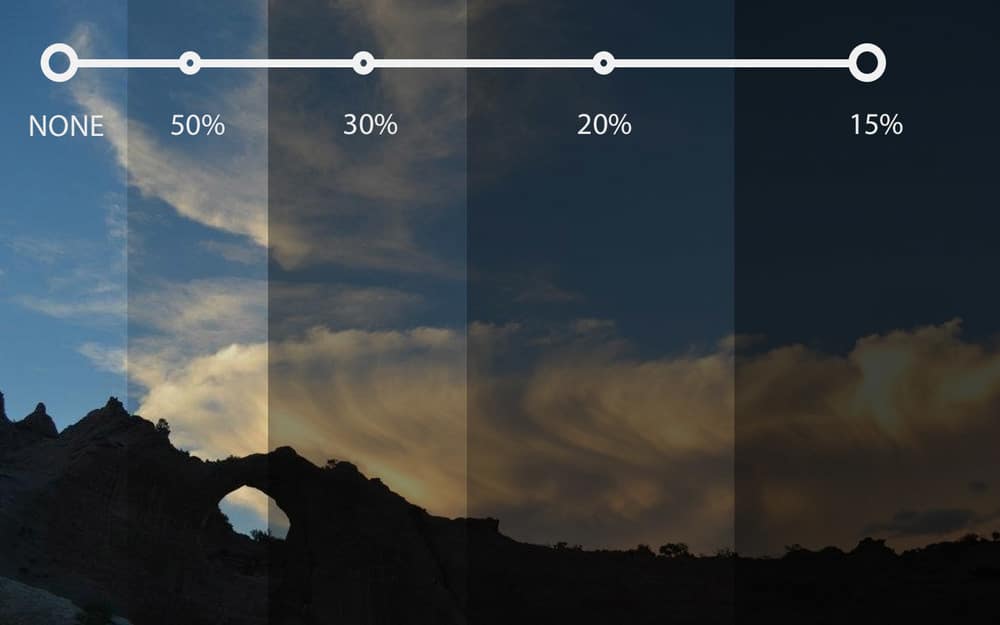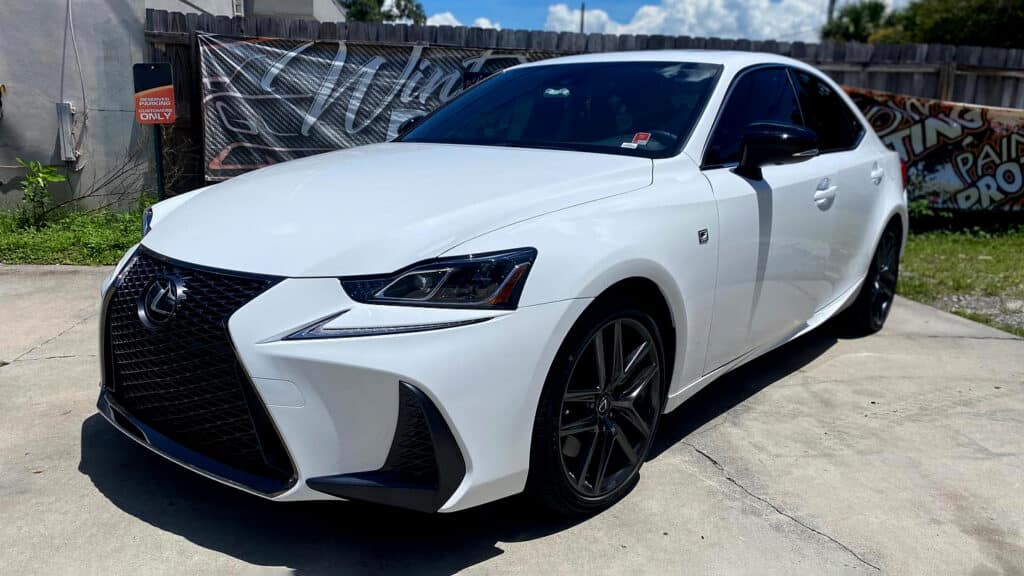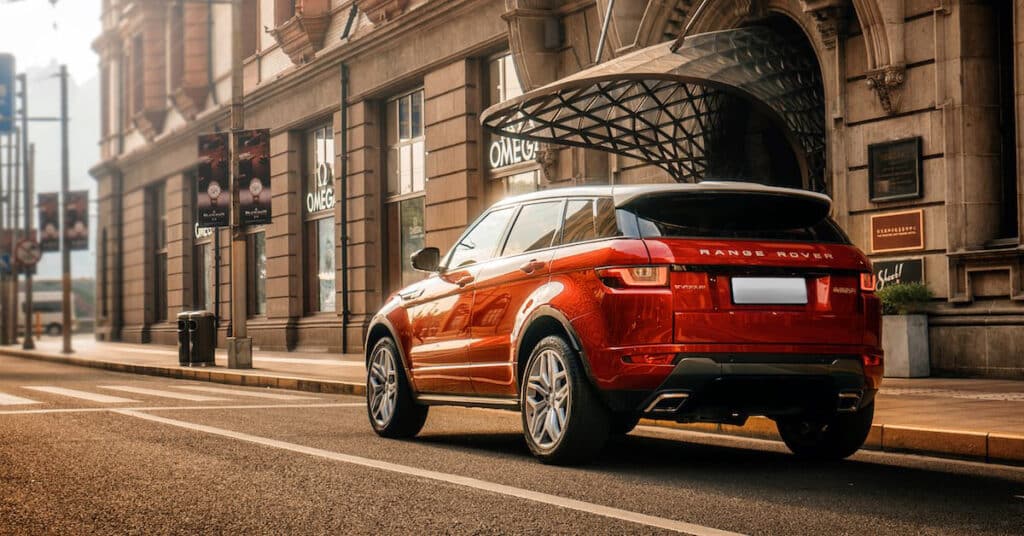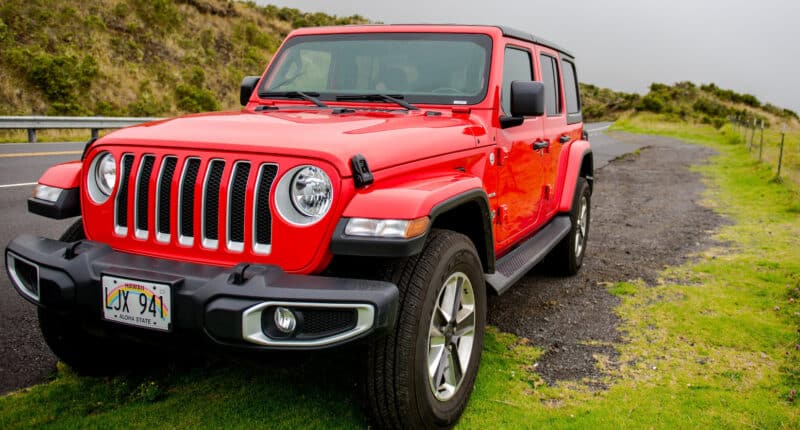Car window tint laws in Hawaii have been in place since 1989. They help to regulate the use of window tint so as to ensure uniformity and safety.
Apart from keeping your car cool and ensuring comfort, window tints can also help to keep the UV rays out and glare out while still maintaining visual clarity.
Every state in the U.S. has its own rules and regulations around the use of window tint. Failure to comply with these rules will lead you to pay heavy fines and penalties. In this post, we’ve discussed the tint laws of Hawaii in detail.
Is Window Tint Legal in Hawaii?

The state of Hawaii permits the use of window tint considering the year-round warm weather and constant exposure to sunlight. It was one of the first states in the country to enact this law.
This law also has certain guidelines and rules in place that you must follow. For instance, you cannot darken your windows and windshield significantly; you can only do so to a certain extent.
Additionally, the front and rear windows typically have different requirements pertaining to the level of darkness and reflectiveness.
Permitted Window Tint Darkness

VLT is a reliable unit of measurement that helps law enforcement officials measure the darkness of your window tint.
It stands for “visible light transmission” and it measures the amount of ambient light that the tint film can let through.
What this suggests is that if the VLT is a larger number, a lot more light can pass through the tint in contrast to a lower VLT percentage.
The state of Hawaii has specific guidelines stipulating minimum VLT levels. This depends on the vehicle type and window position. Find the details below.
Sedans

Windshield: You can apply a non-reflective tint on the upper 4″ of the windshield.
Driver-side windows: 35% VLT is permitted.
Passenger-side windows: 35% VLT is permitted.
Rear window: 35% VLT is permitted.
SUVs and Vans
Windshield: Non-reflective tint is permitted on the upper 4″.
Driver-side windows: 35% VLT is permitted.
Passenger-side windows: There’s no VLT limitation for the rear passenger-side windows at the back.
Rear window: You can use any level of tint darkness.
Acceptable Tint Reflection
Other than tint darkness, Hawaii’s tint law also has guidelines that regulate the level of reflectiveness of your window tint.
Darkness has to do with opacity, and reflection has to do with the mirror-like properties that some window tints have. The more reflective your tint is, the harder it is to look inside your car.
Sedans
Windshield: The tint cannot be reflective at all.
Driver-side windows: The tint should not have a metallic or mirrored look.
Passenger-side windows: The tint should not have a metallic or mirrored look.
Rear window: The tint should not have a metallic or mirrored look.
SUVs and Vans

Windshield: The tint cannot be reflective at all.
Driver-side windows: The tint should not have a metallic or mirrored look.
Passenger-side windows: The tint should not have a metallic or mirrored look.
Rear window: The tint should not have a metallic or mirrored look.
Other Hawaii Tint Rules You Need to Know
There are a few more tint guidelines in place in Hawaii that are worth knowing about.
Color: All colors are permitted.
Side mirrors: If your rear windshield is tinted, both your side mirrors need to be fully functional.
Medical exemption: You cannot seek medical exemptions for a darker tint.
Certification: Manufacturers are not required to certify the film that they sell.
Sticker: No sticker is required to establish the legality of the tint.
Penalties: You can be charged anywhere between $250 and $500 for non-compliance.
State of Hawaii Info

The state of Hawaii is situated in the Western United States. It comprises a group of islands that are located in the Pacific Ocean and away from the continent itself.
The state ranks 8th in the country in terms of size and is also not highly populated. Agriculture is quite common here, although the state’s main economy comes from tourism.
Population: 1,441,553
Capital: Honolulu
Registered vehicles: 516,544
Total lane miles: 9,799
Number of Highways: 3
Tint law references: Hawaii State Legislature

